‘The Power of Light’ Project
A UKRI/STFC SPARK Public Engagement Award funded one year project
In this project, we aim to engage upper primary school children with research taking place at the Diamond facility. The Diamond Light Source facility houses a synchrotron which is used to conduct research in a variety of applied fields of science and technology. Through this project with Diamond, we brought into classrooms and community spaces how light can be used to help investigate the world around us, address real-world problems and inform our thinking about Big Questions.
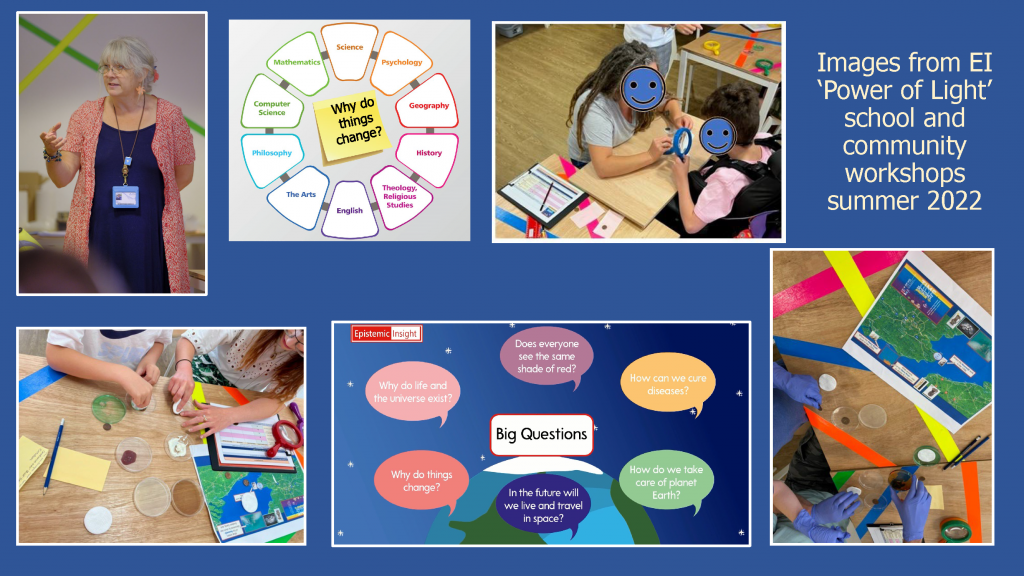
-
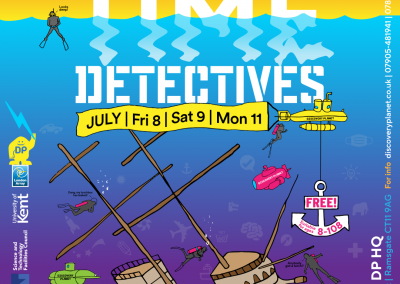
In collaboration with Discovery Planet (Ramsgate, Kent) and UKC we ran hands-on workshops for local schools, community groups and family. We explored how the research at Diamond Light Source has been helping to preserve ancient artefacts like the Mary Rose.
-
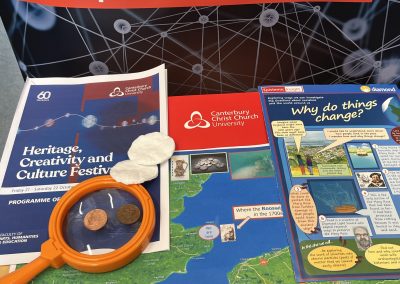
Exploring the ways in which we can learn more about the world around us... including the challenges of preserving artefacts from the past, and the role of the synchrotron at Diamond Light Source in this work.
-
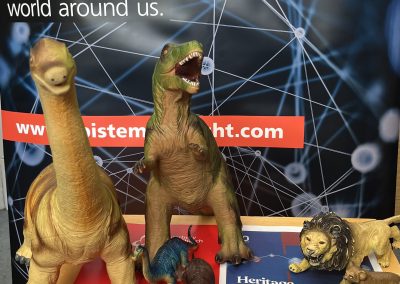
During the workshop we investigated how we can find out more about fossils, and ancient life, through research at Diamond. Included in the hands-on activiites was the opportunity to find out more about a coprolite from an ichthyosaur.
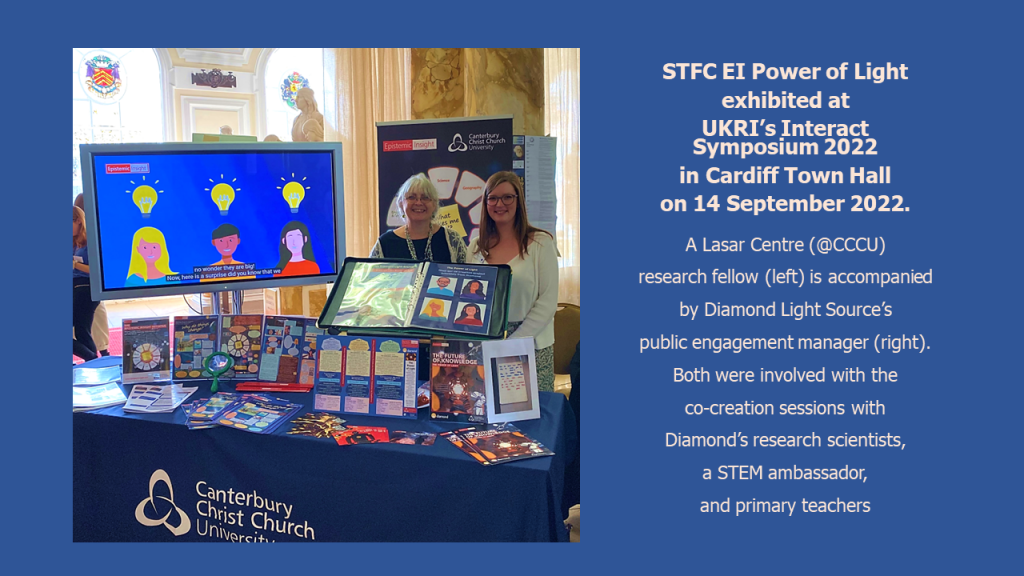
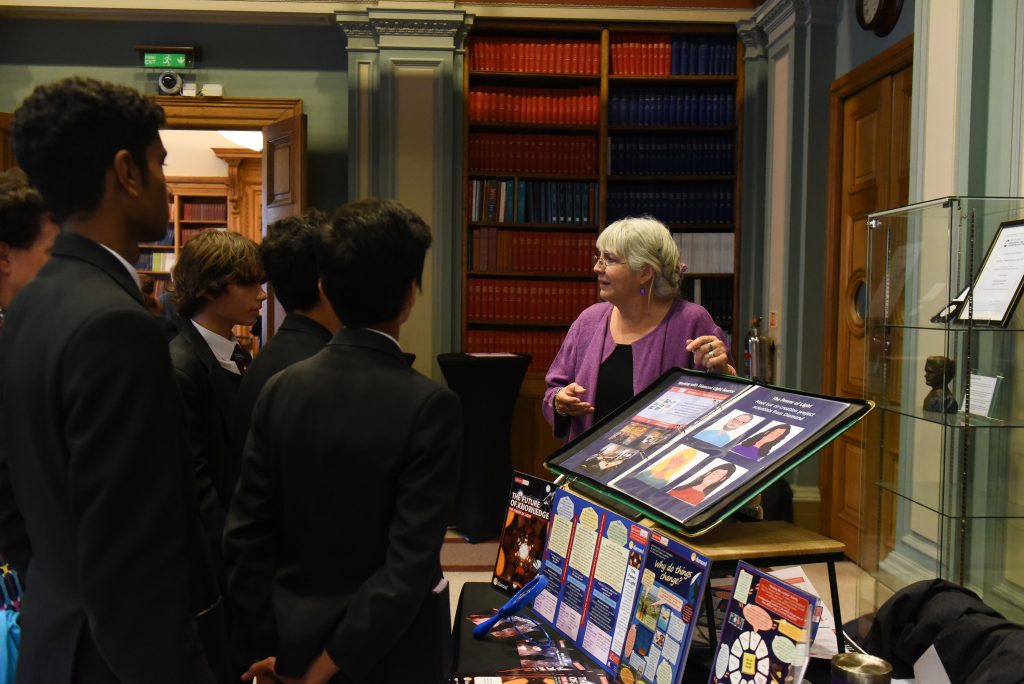
Royal Society of Chemistry at Burlington House, London, in September 2022.
Students from secondary schools in London and Kent asked about how a synchrotron works, and how
the research of scientists at Diamond Light Source helps to understand more about the world around us.
The National Curriculum for Key Stage 2 science states that children should develop their understanding of what it means to “work scientifically”. As part of this, students need “the scientific knowledge required to understand the uses and implications of science, today and for the future” (DfE, 2015). This means that primary school students need to be able to make connections between the science topics they cover and the work of scientists in real-world contexts. Limited access to science engagement activities (for example, visits to science museums and participating in STEM workshops) may hinder children in making these connections. Additionally, primary teachers may vary in their confidence in teaching about ‘working scientifically’, particularly when fielding questions that may be beyond their specialisms. To improve conversations about science and promote the value of STEM skills and careers to a wider audience, this project aimed to support a dialogue between primary science teachers and scientists to ensure the wonder and interest of ‘working scientifically’ is accessible to all students.
This project was successful in an application to STFC for additional funding – we wrote and directed an animation that introduces Big Questions, how the synchrotron at Diamond ‘works’ and how research scientists collaborate with other professionals and disciplines. The animation emphasises the value of looking at very small things to help inform our thinking about Big Questions.
The Epistemic Insight initiative has a wealth of experience in connecting National Curriculum science topics, the “uses and implications of science” in the real world and the Big Questions on which science informs our thinking. In our research on primary science education, our findings indicate that Big Questions have the capacity to provoke curiosity and wonder in children from diverse scientific and non-scientific backgrounds (Billingsley, Abedin & Nassaji, 2020). Therefore, this project sought to bring together our expertise with the cutting-edge work taking place at Diamond to develop three zines that thematically connect three key areas of research with KS2 science topics.
Zines use an appealing combination of text and images to create a concise comic-like narrative format (four sides of A4) to generate enthusiasm about a particular area of interest. The zines are being designed to be an inclusive and accessible resources for primary students.
The zines are designed to:
- Develop students’ curiosity through showing how science can inform our thinking about Big Questions and real-world problems.
- Build students’ understanding of what it is to “work scientifically” through real-life stories of research happening at Diamond.
- Show how scientists work in dialogue with other disciplines to address real-world problems.
In addition to these primary aims, the graphic narrative format of the zines creates opportunities for classroom discussions around the following key priority areas for STEM engagement:
- Represent diversity of gender, ethnicity and religion within the scientific community.
- Dispel misperceptions about what science looks like in practice.
- Inspire students with how science is making exciting discoveries that improve our lives.
Zines co-created for this project are supported by teachers’ guides designed to promote classroom discussion on what it means to work scientifically and will include a relevant hands-on activity to be done in the classroom or at home.
The zines and accompanying resources were co-created and developed through a series of workshops bringing together our educational research team with Diamond scientists, science public engagement professionals, a STEM ambassador and primary teachers.
In addition to the impact of activities on students, this project aimed to:
- Equip primary school teachers with resources and skills that increase their capacity as STEM influencers, through participating in co-creation workshops with scientists, science engagement professionals and educational researchers. Through delivering the lessons to upper primary students, teachers will develop their understanding of how to create activities that link physics research with the primary science curriculum.
- Develop leading scientists’ effectiveness in school-based public engagement through bringing them into contact with educational researchers and teachers through the co-creation process, helping them connect their research with new audiences.
- Facilitate scientific researchers’ encounter with our Epistemic Insight approach and multidisciplinary tools will offer useful perspectives on communicating about their work, potentially cascading into the wider scientific research community.
- Build a legacy that contributes to the preparation of four (or more) trainee undergraduate STEM ambassadors, who will run a showcase event on campus based on their experience participating in the project. As part of events being planned for 2023, 180 students will come on campus for a day of sharing questions, ideas and demonstrations. The showcase will be promoted to university trainee teachers, academics at CCCU and our consortium partner institutions, and through media sources.
CCCU’s LASAR Centre in collaboration with Diamond Light Source, STEM Ambassadors, and primary schools
